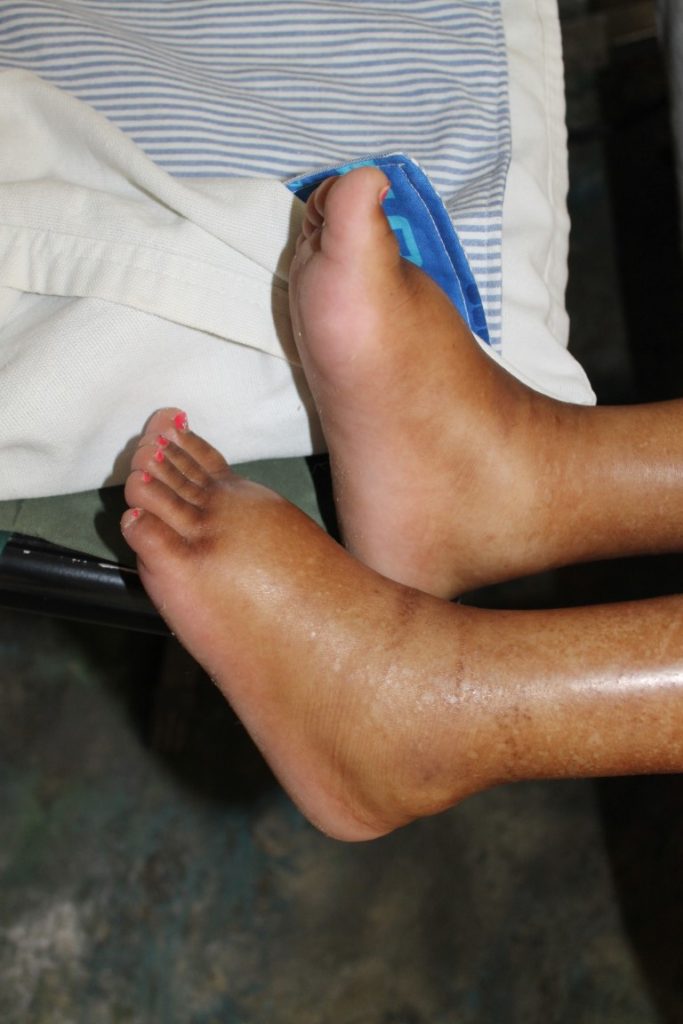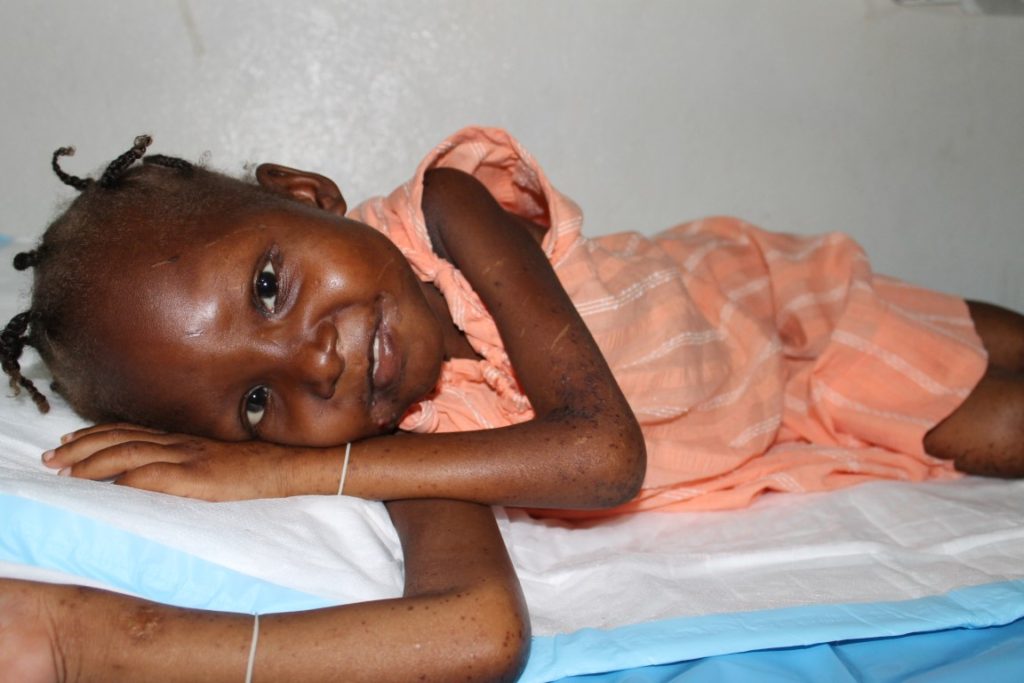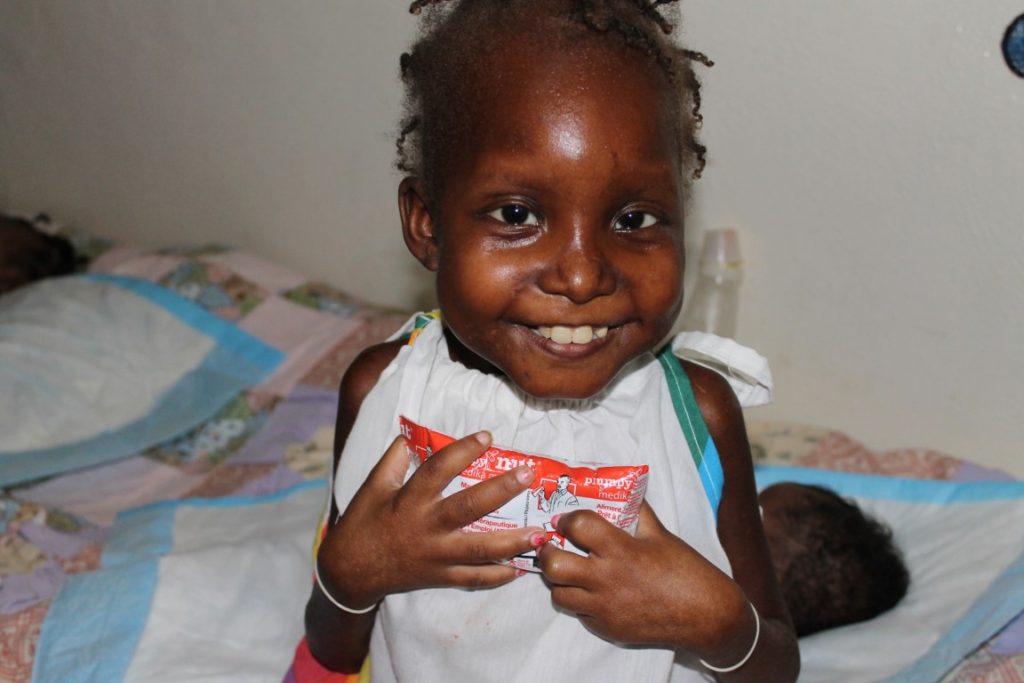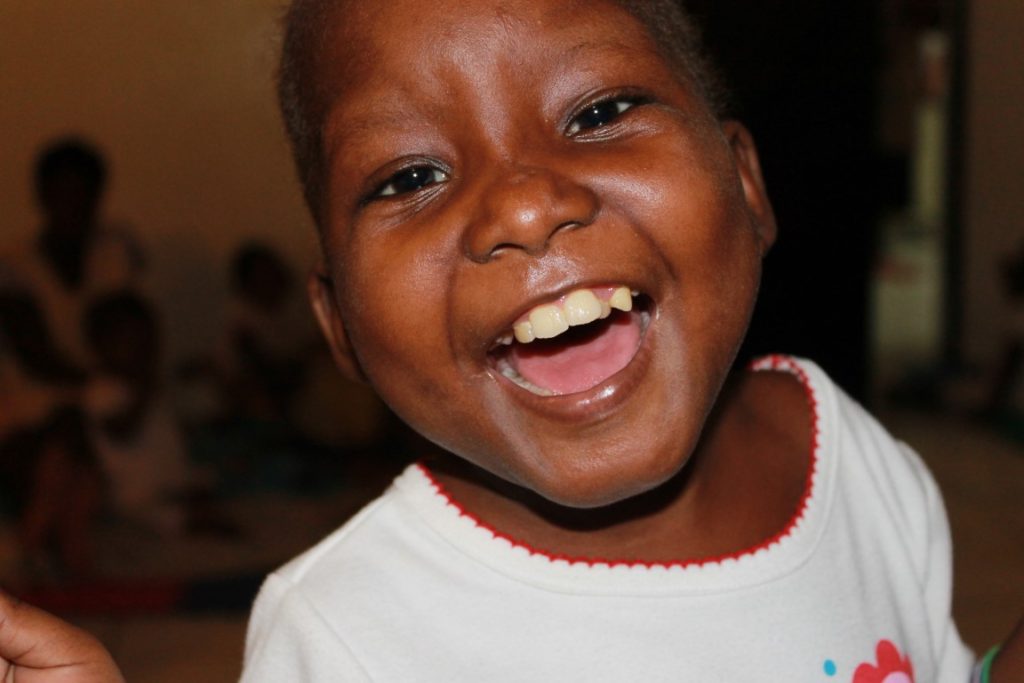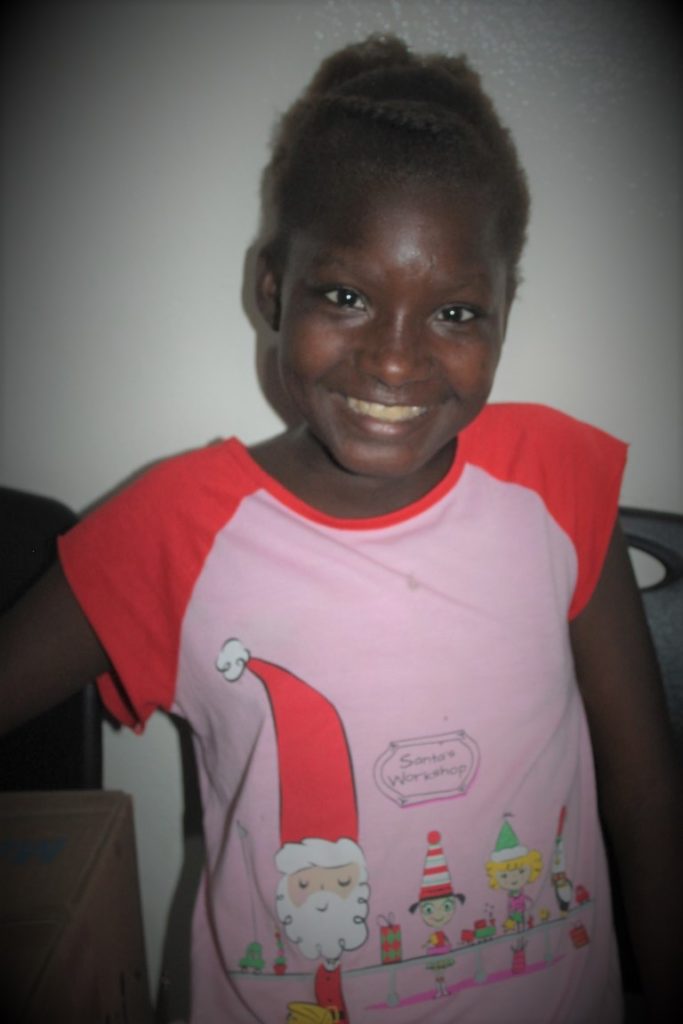Chronic malnutrition is defined as a form of growth failure that causes both physical and cognitive delays in growth and development. This is a condition that develops when children do not eat the correct balance of nutrients in the first 1,000 days of life (from conception to the age of two), resulting in the irreversible stunting of their cognitive and physical development.
Read more about Chronic malnutrition here, here, here,
Read the story of D. and her life with chronic malnutrition.
D. first came to the clinic when she was 15 months old. Her mama brought her to be seen and get some help for her, at that time she weighed 10 pounds. She followed in the clinic for about a year on and off. In that time she only gained 2 pounds. Her mom decided to admit her for inpatient care in the rescue center. At this time she was 2 ½ years old and weighed 12 pounds. She stayed for 4 months and gained 6 pounds. She then returned home with her family. We saw her off and on again for the next 5 years, she maintained a good weight for awhile they begin to slowly loose weight. She stayed with us again for inpatient care when she became malnouished yet again and developed edema due to kwashiorkor.
In 2010 she and one of her sister’s contraction cholera. She was very ill and spent several days at the RHFH Cholera Treatment Center. Her mama ending up getting cholera and died before she was able to get to treatment. Once D. recovered from cholera she was released from the Cholera Treatment Center and was readmitted to the rescue center for care. She again had kwashiorkor. She stayed with us just 2 months and gained 5 pounds and returned home with her dad. Her dad did not return for her appointments at the clinic and we did not see her for a few years. Her dad had been struggling after her mama died to make ends meet. She told us that she had not had meat to eat since she was here with us last time for a stay. He was doing his best to work in the gardens and make ends somehow meet for all his kids. Some days they were able to find food to eat and sometimes they would go for a day without eating anything.
Each time it become harder for her body to recover from her malnutrition. Her body was worn out and just recovering become difficult. There were several days that she was so tired and weak that she could not get out of bed. She asked for meat so we gave her lots of fish and chicken to eat. Slowly she began to heal and recover. Since that time she has been faithfully coming to the clinic each month for check-ups. Most times she comes by herself. School was expensive for the children when they did not even have enough food to eat, she tried one year to go but was unable to learn anything. So she never returned. None of her siblings have attended school. D. is now 17 years old. When you first see her she looks like she might be 13 or 14. Her growth is stunted and her development overall behind for her age. She has maintained an ok weight for several years now. Not really gaining much but not falling back into severe malnutrition.
Death is the worst outcome of malnutrition’s ugly grasp, but it’s not the only outcome. Children who survive can face a long list of devastating side effects that last a lifetime, preventing them from achieving success in school and pursuing meaningful work in adulthood. Such effects of malnutrition include increased vulnerability to diseases, developmental delays, stunted growth and even blindness.



